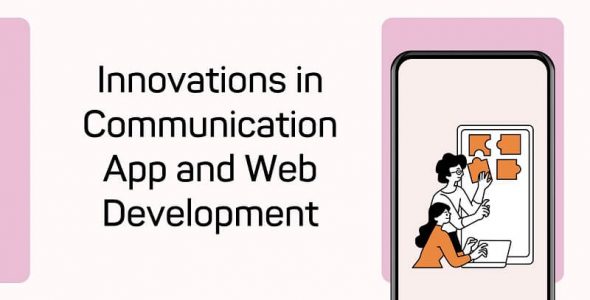The Future of Emergency Alerts: Apps, Websites, and Smartphones
In an age of rapid technological advancement, the landscape of emergency management software is undergoing a profound transformation. This article explores the future of emergency alerts, where mobile apps, websites, and smartphones emerge as the primary catalysts reshaping how we receive critical information during crises. As traditional alert systems evolve, these digital innovations offer more personalized, timely, and accessible ways to keep individuals safe and informed.
Future of Emergency Alerts: Apps, Websites, and Smartphones
1. The Shift to Mobile-First Alerts: A Personalized Approach
The future of emergency alerts lies in mobile-first solutions that cater to individual needs. Smartphone apps are at the forefront of this shift, providing a platform for delivering highly targeted alerts. Users can receive alerts based on their location, ensuring that they receive relevant information specific to their immediate surroundings. This personalized approach enhances the effectiveness of emergency communication.
2. Geolocation and Precision: Pinpointing Danger Zones
Smartphones equipped with GPS technology enable geolocation-based emergency alerts. Authorities can now send alerts directly to individuals within danger zones, minimizing panic and ensuring that crucial information reaches those most at risk. Geolocation data also aids in guiding evacuations and response efforts more effectively.
3. Multimedia Alerts: Enhancing Communication
The future of emergency alerts includes multimedia components that convey information more comprehensively. Smartphone alerts offered within emergency management solutions can incorporate images, videos, and audio messages to provide a clearer understanding of the situation. Visual and auditory elements help convey the severity of the emergency, enabling users to make informed decisions promptly.
4. Integration with Internet of Things (IoT): Smart Devices as Alert Tools
As the Internet of Things (IoT) continues to expand, smart devices will become integrated into the emergency alert ecosystem. Smart thermostats, smoke detectors, and security cameras can transmit alerts directly to users’ smartphones, providing real-time updates on events within their homes or businesses. This level of integration enhances situational awareness.
5. Push Notifications, Website, and App Integration: Instant Updates
Smartphone apps are capable of sending push notifications, ensuring that users receive timely updates and alerts, even when the app is not actively in use. These notifications can interrupt other activities on the device, guaranteeing that users do not miss critical information. Integration with other apps and websites, such as weather apps or navigation tools, enhances the overall user experience.
6. Multilingual and Accessible Alerts: Inclusivity
The future of emergency alerts prioritizes inclusivity. Smartphone apps can provide alerts in multiple languages to cater to diverse populations. Additionally, they offer features for individuals with disabilities, such as text-to-speech capabilities and compatibility with screen-reading software, ensuring that everyone can access vital information.
7. Two-Way Communication: Engaging with Authorities
Emerging apps and smartphone-based alert systems facilitate two-way communication between users and authorities. Users can acknowledge receipt of alerts or request assistance directly through the app. This engagement not only provides users with a sense of agency but also allows authorities to gauge the effectiveness of their alerts.
8. Social Media Integration: Amplifying the Reach
Emergency alerts are expanding their reach through integration with social media platforms. Users can share alerts on their social media accounts, amplifying the dissemination of crucial information. Additionally, authorities can monitor social media for real-time updates and respond to user queries.
Conclusion: A Digital Revolution in Emergency Alerts
The future of emergency alerts is marked by a digital revolution driven by mobile apps and smartphones like those offered by no code app builder Fliplet. This evolution enhances the effectiveness of alert systems, making them more personalized, timely, and accessible. As technology continues to advance, emergency alerts will become an integral part of our daily lives, ensuring that individuals stay safe and informed during crises. By harnessing the power of digital innovation, emergency management authorities can better protect and serve their communities in an ever-changing world.
Interesting Related Article: From Concept to Reality: Steps to Develop Your Own Event App and Website.

 My Account
My Account 

